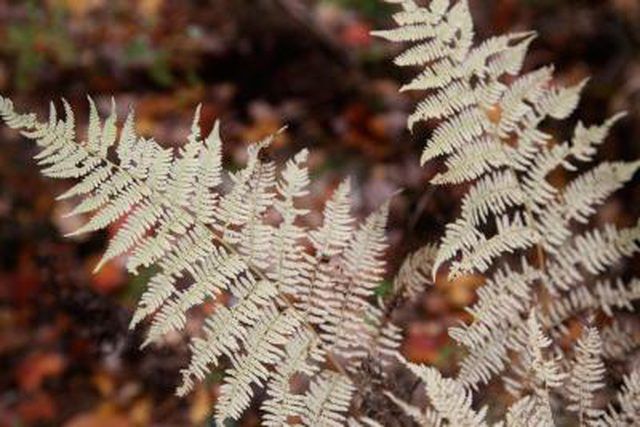Bulbs
Flower Basics
Flower Beds & Specialty Gardens
Flower Garden
Garden Furniture
Garden Gnomes
Garden Seeds
Garden Sheds
Garden Statues
Garden Tools & Supplies
Gardening Basics
Green & Organic
Groundcovers & Vines
Growing Annuals
Growing Basil
Growing Beans
Growing Berries
Growing Blueberries
Growing Cactus
Growing Corn
Growing Cotton
Growing Edibles
Growing Flowers
Growing Garlic
Growing Grapes
Growing Grass
Growing Herbs
Growing Jasmine
Growing Mint
Growing Mushrooms
Orchids
Growing Peanuts
Growing Perennials
Growing Plants
Growing Rosemary
Growing Roses
Growing Strawberries
Growing Sunflowers
Growing Thyme
Growing Tomatoes
Growing Tulips
Growing Vegetables
Herb Basics
Herb Garden
Indoor Growing
Landscaping Basics
Landscaping Patios
Landscaping Plants
Landscaping Shrubs
Landscaping Trees
Landscaping Walks & Pathways
Lawn Basics
Lawn Maintenance
Lawn Mowers
Lawn Ornaments
Lawn Planting
Lawn Tools
Outdoor Growing
Overall Landscape Planning
Pests, Weeds & Problems
Plant Basics
Rock Garden
Rose Garden
Shrubs
Soil
Specialty Gardens
Trees
Vegetable Garden
Yard Maintenance
How Are Conifers & Ferns Different?
How Are Conifers & Ferns Different?. Conifers and ferns share certain basic similarities: they photosynthesize, they reproduce sexually and so on. Despite their similarities, however, conifers and ferns also exhibit a number of differences.

Conifers and ferns share certain basic similarities: they photosynthesize, they reproduce sexually and so on. Despite their similarities, however, conifers and ferns also exhibit a number of differences.
Types
Conifers are gymnosperms or "naked seed plants" in the phylum Coniferophyta. Ferns are non-seed plants in the phylum Pterophyta. The groups have different life cycles. Ferns produce spores that develop into gametophytes. Male gametophytes produce sperm, which fertilize eggs from other gametophytes. The zygotes then develop into adult plants called sporophytes. Conifers reproduce through pollination of ovulate cones that eventually develop seeds.
Features
Conifers have woody stems and as a general rule are much larger than most ferns. Many conifers have needle- or scale-like leaves that are very different in shape and appearance from leaves found in ferns.
Geography
Many temperate forests are dominated by conifers like pine and Douglas fir. Ferns, by contrast, are most common in moist forests, tropical rain forests and acidic wetlands.